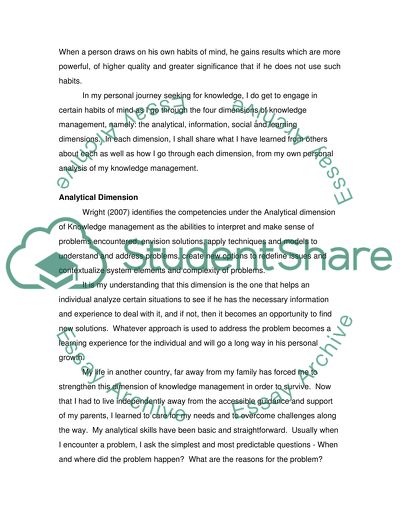Cite this document
(Managing a High-Performance Knowledge Sharing Network Essay, n.d.)
Managing a High-Performance Knowledge Sharing Network Essay. Retrieved from https://studentshare.org/education/1570548-personal-knowledge-management-journey
Managing a High-Performance Knowledge Sharing Network Essay. Retrieved from https://studentshare.org/education/1570548-personal-knowledge-management-journey
(Managing a High-Performance Knowledge Sharing Network Essay)
Managing a High-Performance Knowledge Sharing Network Essay. https://studentshare.org/education/1570548-personal-knowledge-management-journey.
Managing a High-Performance Knowledge Sharing Network Essay. https://studentshare.org/education/1570548-personal-knowledge-management-journey.
“Managing a High-Performance Knowledge Sharing Network Essay”, n.d. https://studentshare.org/education/1570548-personal-knowledge-management-journey.


